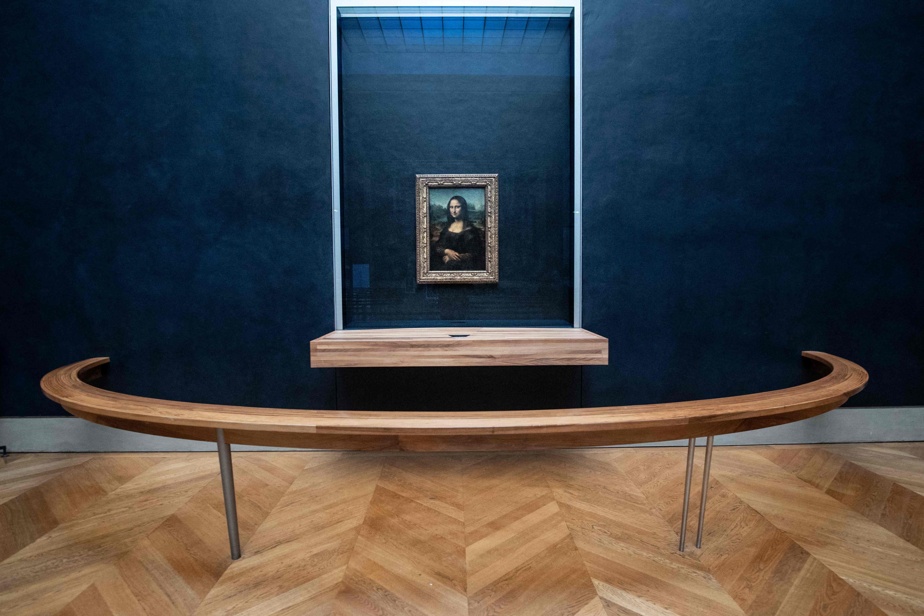(Florence) Leonardo da Vinci, author of the Mona Lisa and symbol of the Renaissance, was in fact only half Italian, said Tuesday in Florence an eminent academic, according to which the mother of the genius was a Circassian slave.
While until now Leonardo’s mother was presented as the daughter of a Tuscan peasant, Carlo Vecce, a Renaissance specialist and professor at the University of Naples, concluded from his research in the archives of the city of Florence that this one had a much more tormented history bordering on the romantic.
“She was a woman who was abducted from her country of origin in the Caucasus mountains, sold and resold several times in Constantinople and then in Venice, and she finally arrived in Florence where she met a young notary, Pierre de Vinci,” he explained in an interview.
“Their son is called Léonard”, says with a smile the one who was inspired by this extraordinary journey to write a novel telling the odyssey of this hitherto unknown woman, entitled Catherine’s smile – Leonardo da Vinci’s mother.
The discoveries of this academic, who has been tracking down everything related to Leonardo for years, shed new light on this archetype of the universal genius born in 1452 who crisscrossed Italy throughout his life and ended up dying in France, at Amboise, in 1519 at the court of François 1er.
This theory also promises to make noise in the small world of specialists of the Italian Renaissance, who will not fail to examine it with a magnifying glass.
But Carlo Vecce bases his assertions on a whole series of historical documents that he has patiently collected from the archives. “The most important is a document written by Pierre da Vinci in person, Leonardo’s father: it is the act of emancipation of Catherine”, a notarial act which allows the latter to “recover her freedom and her dignity of being human”.
“Spirit of freedom”
This precious document dating from 1452 was presented Tuesday during a press conference at the headquarters of the Florentine publishing house Giunti in front of an audience of international media. Professor Vecce does not fail to point out that it is “therefore the man who loved Catherine when she was still a slave and who had a child with her who helped her find freedom”.
A radical change of perspective since, until now, it was considered that Leonardo was the fruit of an illegitimate love relationship between Pierre da Vinci and a young Tuscan peasant named Caterina di Meo Lippi.
For Carlo Vecce, the tribulations of his slave and “migrant” mother obviously had an impact on the work of the brilliant Leonardo, to whom Catherine left “an important legacy and above all the spirit of freedom” which “inspires all his work scientific and intellectual.
Leonardo da Vinci is indeed one of the artists of his time called “polymaths”: he masters several disciplines such as sculpture, drawing, music and painting, which he places at the top of the arts, and of course the sciences. In the field of scientific research, “nothing can stop him”, comments Professor Vecce.
The story of the mother of this totem of universal culture as told by this academic enthusiast seems almost too good to be true.
And yet this theory “is by far the most convincing”, says Paolo Galluzzi, a historian specializing in Leonardo and member of the prestigious scientific academy of Lincei in Rome, interviewed in Florence and who highlights the quality of the documents provided by his colleague . “There are of course a minimum of doubts, because we cannot prove (this theory) by a DNA test”, he concedes.
Even if he himself is not that surprised: this historical period marks “the beginning of modernity, of the exchanges between peoples, cultures and civilizations which gave birth to the modern world”.
